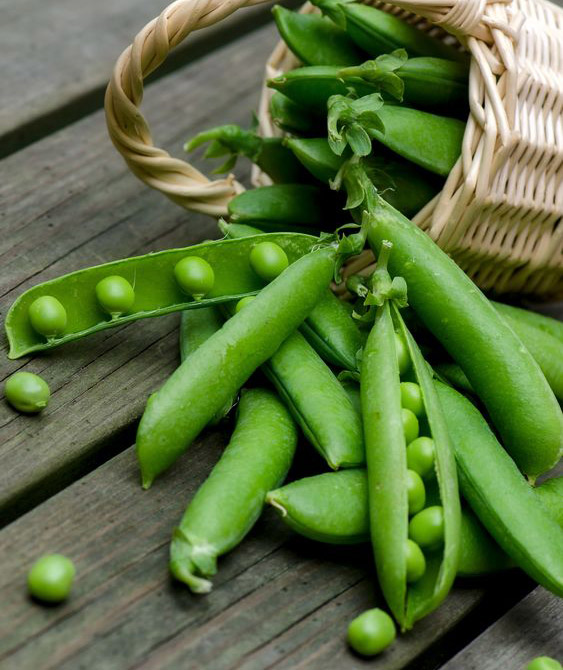FAQ
You say it’s cheaper to grow your own, but what about your labor? Do you subtract that from the cash value of your harvest?
Who has the time to garden?
In all likelihood, you do. The average American spends four hours a day watching TV, whereas the average gardener spends about four hours a week gardening. Over the growing season, I’m able to grow enough food to last me a year spending an average of about a half hour a day in the garden.
What about rabbits, deer, and other pests that eat up your garden?
A four or five-foot fence will keep out most deer, and a two-foot high chicken wire fence will keep out the rabbits. So far, I’ve been able to deal with a variety of these and other pests in animal-friendly ways that you can find on the internet in a few minutes.
I'd love to have my own garden but I don't have a sunny area for 8 hours a day, so what can I do?
Several options. Do you have a friendly neighbor who will let you use a section of their big, sunny lawn? Is there a community garden near you that has some room? Could you get together with a couple other people and start up your own community garden in a nearby unused space?
Can I grow vegetables indoors?
I don't have much space, so what should I grow to maximize my production?
The usual theme for this situation, even if all you have is a sunny patio, is to go vertical. That is, grow things like tomatoes, peas, climbing cucumbers and snap beans, or any kind of pole beans that will grow up a trellis. There are even vertical methods for growing potatoes. Meanwhile, avoid crops that sprawl horizontally like pumpkins and winter squashes.
My neighbors all have plain lawns, especially out front, and they’ll for sure object to a vegetable garden if I start one. What then?
If a neighbor does object, talk to them; research has shown that an attractive, well-kept community garden increases the cachet and value of the neighborhood. An attractive food garden, perhaps with plenty of colorful, well-arranged flowers, could do the same. And if your area does have restrictions to vegetable gardening (most communities don’t), consult Biting the Hand That Feeds You, by Baylen Linnekin; it provides options for garden restrictions.
What about kids?
Children, if introduced early enough to the magic of planting a seed, seeing it sprout and grow into a plant that produces something edible, harvesting it, and cooking and eating it themselves, will almost always respond positively to gardening. Older kids whose lives are centered around their digital devices may be more of a challenge. But they should never be forced to garden. In fact, you shouldn’t force anyone to garden, including yourself. It has to be voluntary and enjoyable to be worthwhile.
Come on, even if it’s only a few hours a week, isn’t gardening a lot of hard work?
Only if you take on more effort than you can handle. Start at whatever level of physical exercise is comfortable, then gradually increase your work play load (and if it doesn’t have a strong element of play, it’s not worth it) until you can enjoyably do more.
But don’t you have to be a gardening expert to not over-exert? Or really, to do any gardening at all?
You do need to gain some knowledge and skills, but there are an endless number of gardening books, online resources, or in-person classes you can take to get up to snuff. For some people, just having a friend or family member show them a few simple principles is enough to get started. In my case, it was my dad passing what he knew on to me, a little at a time.
All things considered, don’t you really still come out ahead by just buying your food at the grocery store?
It may certainly seem that way, but only if you’re unaware of all the true costs of grocery store food. Nationally, true costs more than double the price you pay at the checkout counter. It’s a big subject, treated in more detail elsewhere on this site, and also in the book.
I like your ideas, but I know I'm not going to create a garden, so how else can I make a positive impact?
Source your food as locally as you can: farmers markets, CSAs (community supported agriculture operations), roadside stands, small local farms. And don’t rule out buying from a gardening neighbor or trading something they might value for some of their fresh produce.
100% Organic
Self-sufficiency gardens will help reconnect us to ourselves, one another, and nature in a way that all of us can relate to on the most personal level: growing and consuming some to most of our food.
The average American spends four hours a day watching TV, whereas the average gardener spends about four hours a week gardening.

